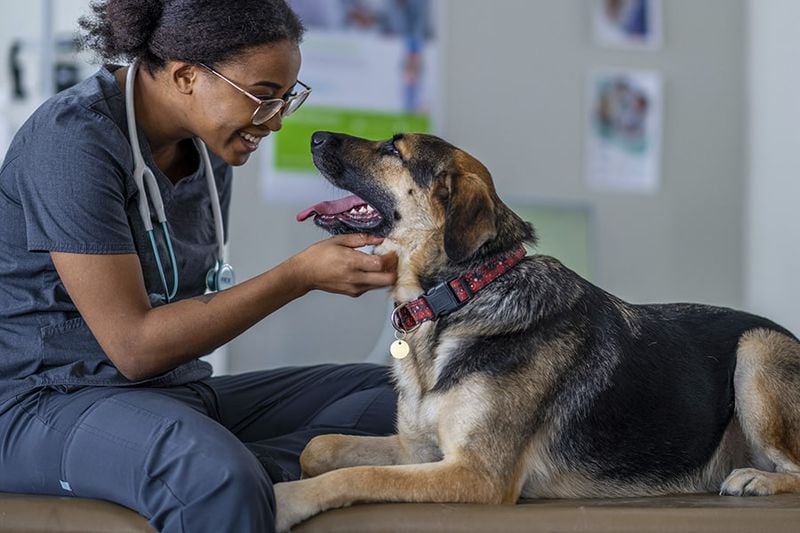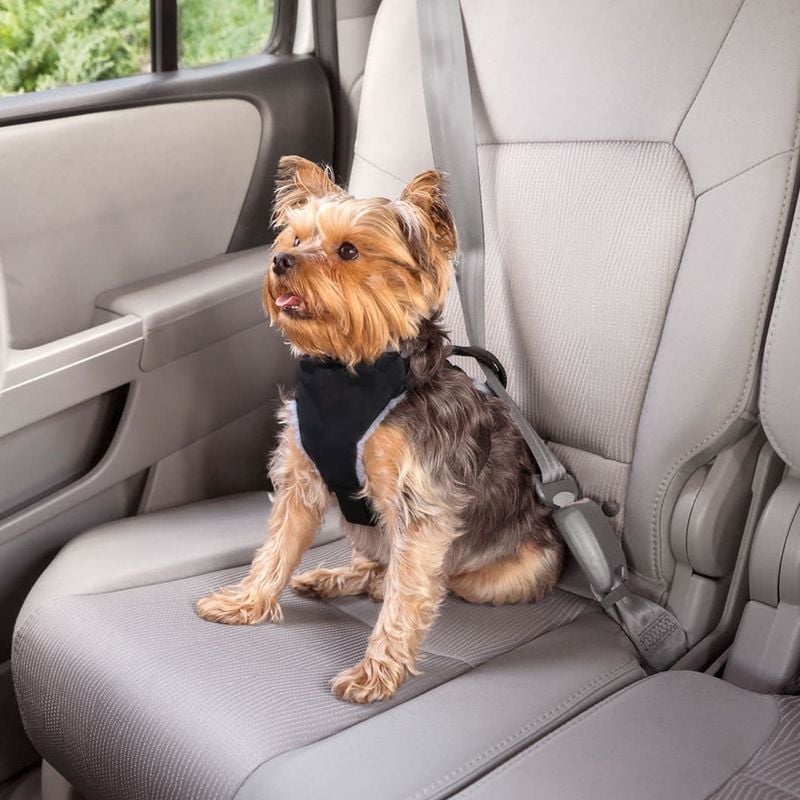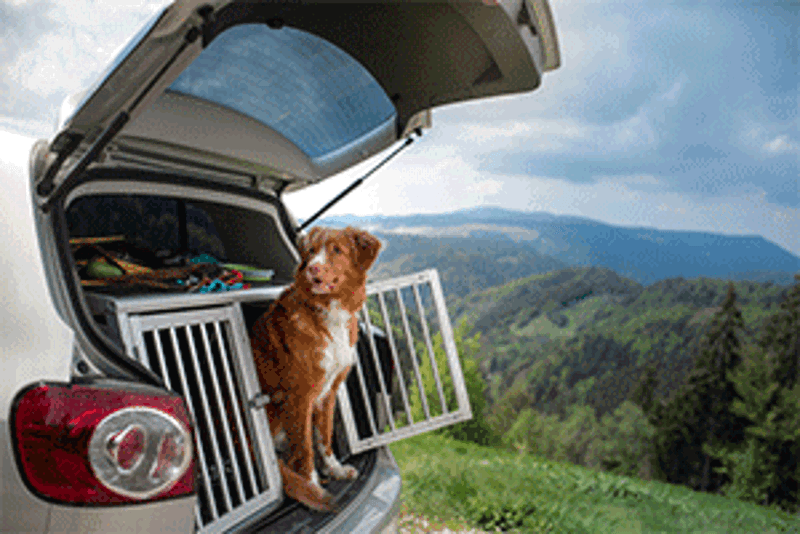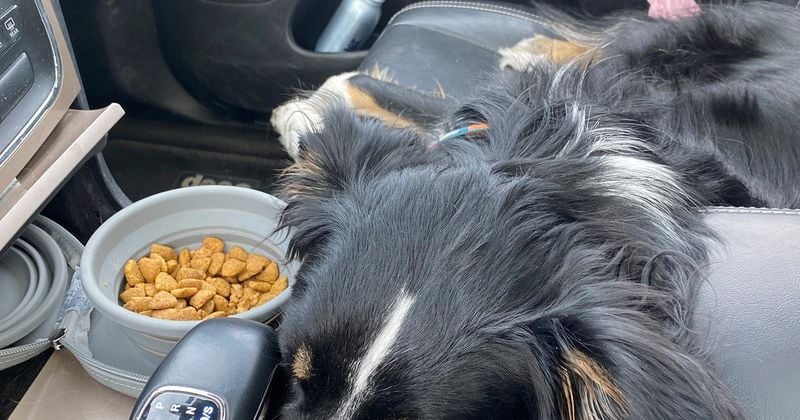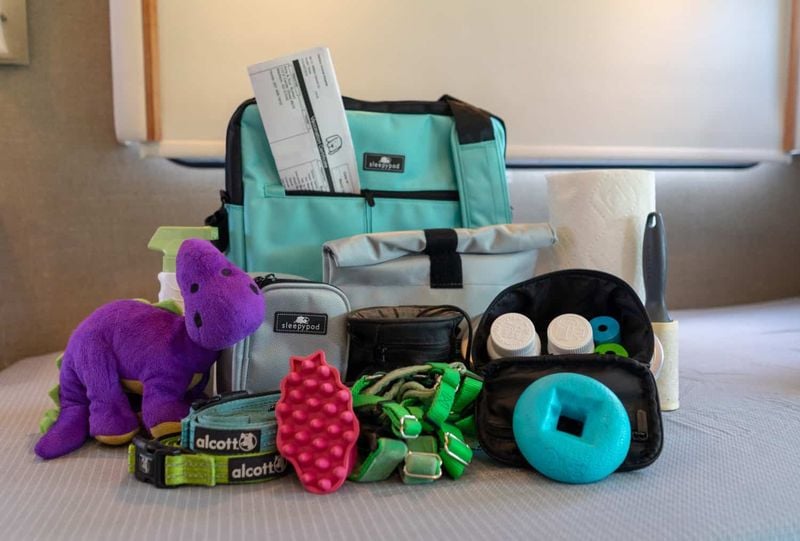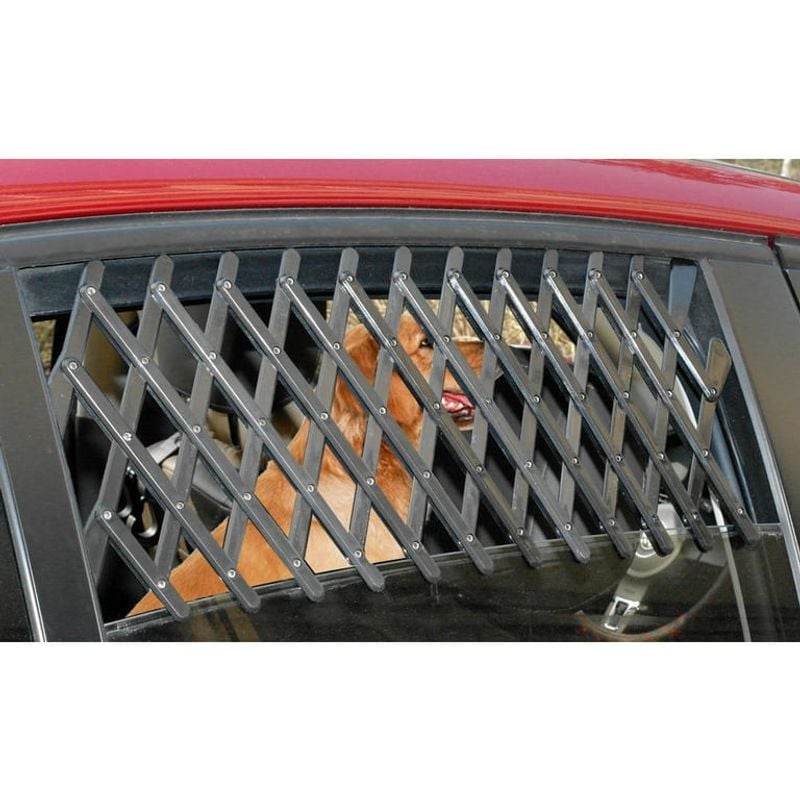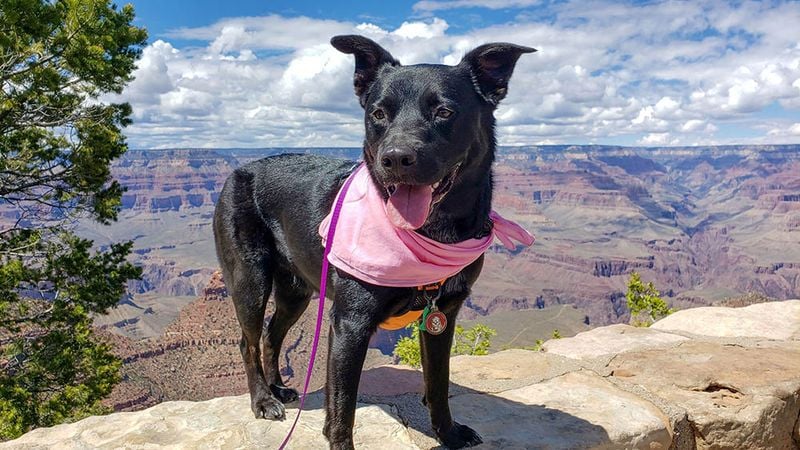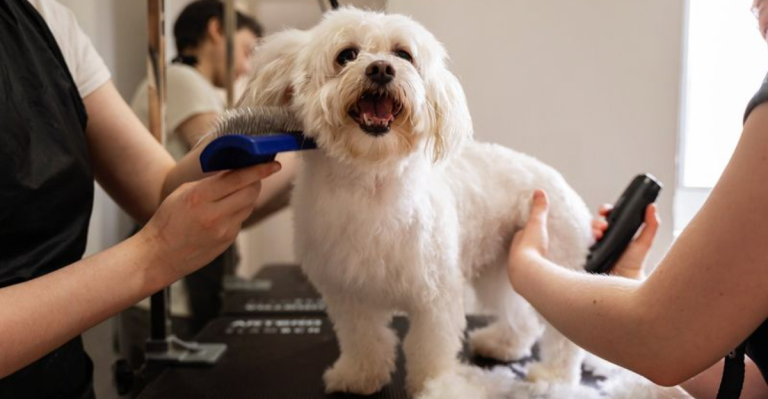Traveling With Your Dog? Don’t Make These 10 Common Car Mistakes
There’s nothing quite like hitting the open road with your best furry friend riding shotgun.
Windows down, ears flapping in the wind, a playlist full of feel-good tunes—road trips with your dog can create some of the most unforgettable memories.
But as much fun as it looks on Instagram, traveling with your pup takes more than a leash and a bag of treats.
Whether you’re heading to the mountains, the beach, or Grandma’s house three states away, prepping for a car trip with your dog requires planning and awareness.
It’s not just about their excitement—it’s about their safety, comfort, and well-being while on the move. And trust us, a few wrong moves can turn that dream adventure into a stressful mess for both of you.
From skipping potty breaks to letting your dog ride loose in the backseat, common mistakes can make even a short drive feel like a disaster. And while your dog may not hold a grudge, their stomach (or nerves) might.
Being mindful of what to avoid is just as important as knowing what to pack.
In this article, we’re laying out the top 10 mistakes dog owners often make when traveling by car—and how to avoid them.
Whether you’re a seasoned traveler or heading out for your pup’s very first road trip, these tips will help you both stay safe, happy, and ready to roll. Because the journey should be just as tail-waggingly good as the destination.
So before you load up the car and cue the road trip playlist, take a moment to make sure you’re not about to make one of these all-too-common mistakes.
1. Skipping a Pre-Trip Vet Check
Neglecting to confirm your dog’s health and update travel vaccinations can lead to serious issues, especially if you’re crossing state lines or traveling far from your regular vet.
Your dog’s well-being on the journey starts with a pre-trip vet check. It’s not just about vaccinations; it’s ensuring your furry companion is fit for travel.
These checks can identify underlying health issues that might worsen on the road.
Plus, some travel destinations require specific vaccinations. Ensure your pet is ready for all contingencies by discussing any concerns with your vet. This preparation minimizes surprises and ensures a smooth trip.
2. Letting Your Dog Roam Freely in the Car
Allowing dogs to roam around the vehicle can be dangerous for both them and the driver. While it might seem like freedom for your canine friend, it poses a significant risk. Without restraint, a sudden stop could turn your beloved pet into a projectile.
Using a harness, crate, or pet seatbelt ensures safety for everyone. These devices are designed to secure your dog without compromising their comfort. Long trips are easier when everyone feels safe.
Remember, safety products should be certified and properly fitted to your dog. Investing in quality gear gives you peace of mind, letting you focus on the road ahead.
An additional bonus? These restraints can also prevent your pet from distracting you while driving.
3. Not Taking Enough Breaks
Dogs need regular stops for bathroom breaks, stretching, and hydration. A nonstop journey might sound efficient, but for dogs, it can quickly become uncomfortable. Frequent breaks ensure your furry friend stays relaxed and content.
Skipping these can lead to discomfort, accidents, or even heatstroke. Your pet’s physical needs are as dynamic as yours. Plan stops every couple of hours to let them relieve themselves, explore, and hydrate.
A road trip is an adventure for your dog too. Use these breaks to bond and enjoy the surroundings together. This not only boosts their mood but also refreshes your own spirit.
4. Leaving Your Dog Alone in the Car
Even on a mild day, temperatures inside a parked car can skyrocket in minutes. Leaving your dog unattended is not only dangerous but could also be illegal in some places.
Your car becomes a furnace, endangering your pet’s life.
A cracked window doesn’t provide sufficient ventilation to keep temperatures safe. Dogs can suffer from heatstroke rapidly. It’s better to skip that errand or take your dog with you.
Legal consequences aside, the emotional distress of losing a pet this way is unimaginable.
Protect your furry friend by planning ahead: identify pet-friendly establishments or have a co-pilot stay with the dog. This ensures their safety, and your peace of mind.
5. Feeding Right Before the Trip
Feeding your dog right before hitting the road increases the risk of motion sickness. A full stomach plus a car’s motion can be a recipe for disaster. Instead, aim for a light meal 3–4 hours beforehand.
This timing allows your pet to digest comfortably before travel begins. It’s considerate to your dog’s digestive system and your car’s interior! A hungry dog is more likely to stay calm and less prone to queasiness.
Remember to pack snacks for the road to keep them sated during breaks. Monitor their behavior; a calm dog is a happy traveler. For long journeys, consult your vet about anti-nausea remedies.
6. Not Packing a Dog Travel Bag
Forgetting essentials like water, food, treats, poop bags, toys, and a blanket can make your trip stressful. A dedicated travel kit keeps everything in reach. Forgetting these can disrupt the journey and your pet’s routine.
A well-packed bag ensures you have all necessary items to keep your dog content and comfortable. Preparation reduces anxiety for both of you, creating a smoother travel experience.
Consider including a first-aid kit tailored to pets. This foresight can handle minor emergencies confidently. Your dog will appreciate familiar comforts, making the car feel like a home away from home.
7. Ignoring Your Dog’s Anxiety Signals
Many dogs get anxious during car rides. Overlooking signs of stress can escalate into panic. Pay attention to their body language; trembling, whining, or refusal to enter the car are signals not to ignore.
Desensitization, calming sprays, or vet-approved medication may help. Addressing anxiety can transform car rides into pleasant experiences.
Patience and gentle encouragement foster trust. Begin with short trips to build confidence. Remember, your calm demeanor reassures them, making travel an adventure, not a trial.
8. Not Using Window Guards or Restraints
Dogs love sticking their heads out the window, but it’s risky—debris, insects, and sudden stops pose real threats. While the breeze is delightful, the dangers are significant.
Safety features like window guards or restraints prevent injury. These tools protect against unexpected obstacles while letting your dog enjoy the ride safely.
Invest in quality products that fit your car and dog perfectly. This not only ensures physical safety but also grants you peace of mind. Every trip should be enjoyable, not an accident waiting to happen.
9. Skipping Identification and Microchipping
If your dog escapes during a stop, tags and microchips are lifesavers. Traveling increases the chances of a dog getting lost, so ID is crucial. Don’t rely on just one form of identification.
Ensure your contact information is up-to-date and legible on tags. Microchipping provides a permanent link back to you. Most shelters and vets can scan for chips, reuniting lost pets with their owners quickly.
This small step has a big impact. It’s a safety net that offers peace of mind, knowing your beloved pet can find its way back to you, even in unfamiliar surroundings.
10. Assuming All Destinations Are Dog-Friendly
Not every hotel, park, or attraction allows pets. Failing to research pet-friendly stops can derail your plans and leave you scrambling for alternatives. Many places have strict policies regarding animals.
Phone ahead or use apps designed to find dog-friendly locations. This proactive approach saves time and disappointment.
You’ll find your journey more enjoyable when you know exactly where your dog is welcome. Plus, these stops often cater to pets with amenities that make your visit more comfortable.

